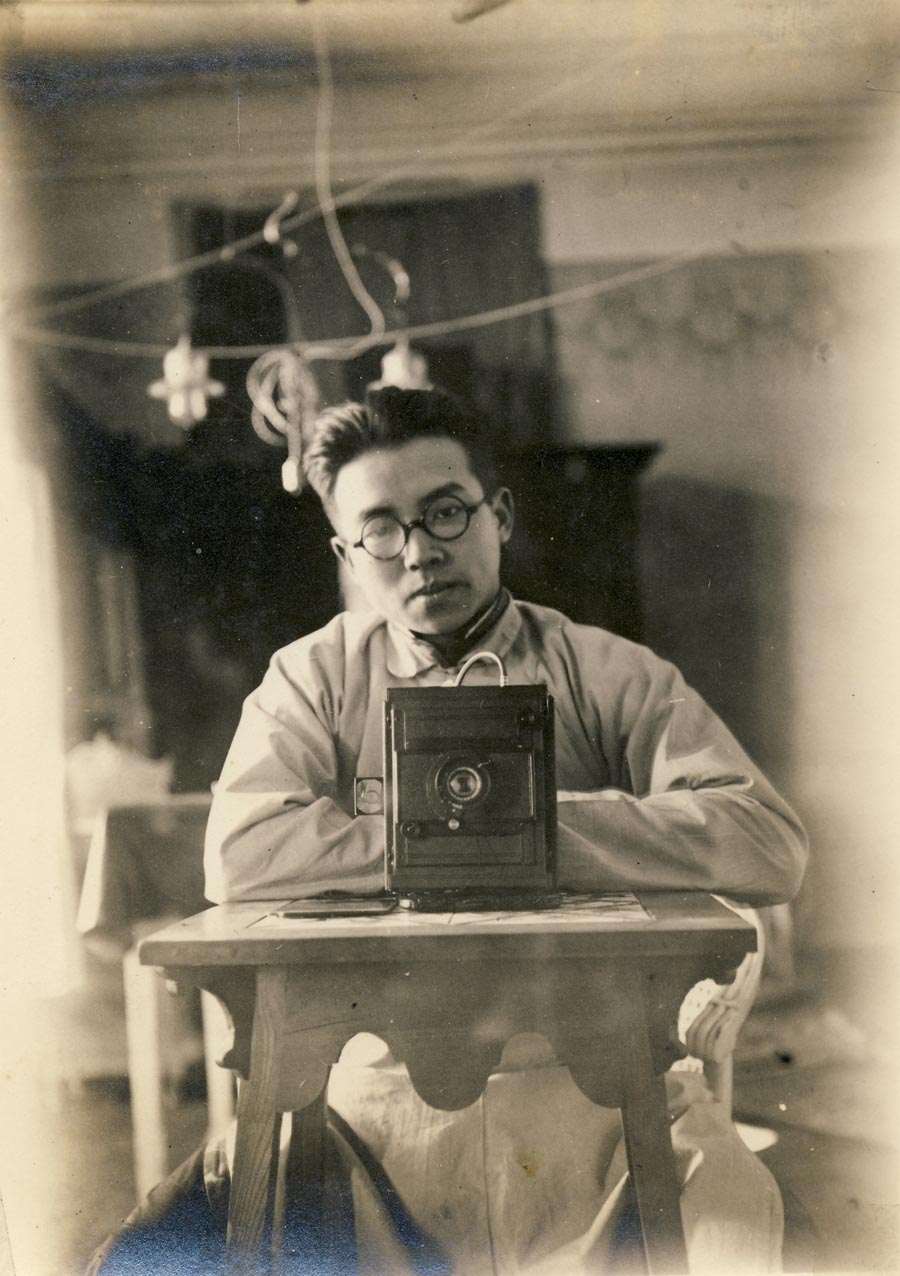Building on tradition


After returning to China in 1928, he traveled extensively to remote counties to survey and map centuries-old architecture.
He discovered the Zhaozhou Bridge, a Sui Dynasty (581-618) structure located in today's Hebei province, identified as the oldest open-spandrel stone bridge in China; and the east hall of Foguang Monastery that was built during the Tang Dynasty (618-907), seated on Wutai Mountain in today's Shanxi province.
At the University of Pennsylvania, he was immersed in a boom of fine arts-style architecture. Meanwhile, he devoted time to deciphering the secrets of classical Chinese architecture by studying Yingzao Fashi ("state building standards"), considered the oldest extant Chinese technical manual on buildings and originally published in the early 12th century.
He authored books on the history of Chinese architecture and established the architecture department at Northeastern University in Shenyang, Liaoning province, and served as the first dean of Tsinghua's department of building engineering, helping to lay the foundations of the modern Chinese architectural education system.























